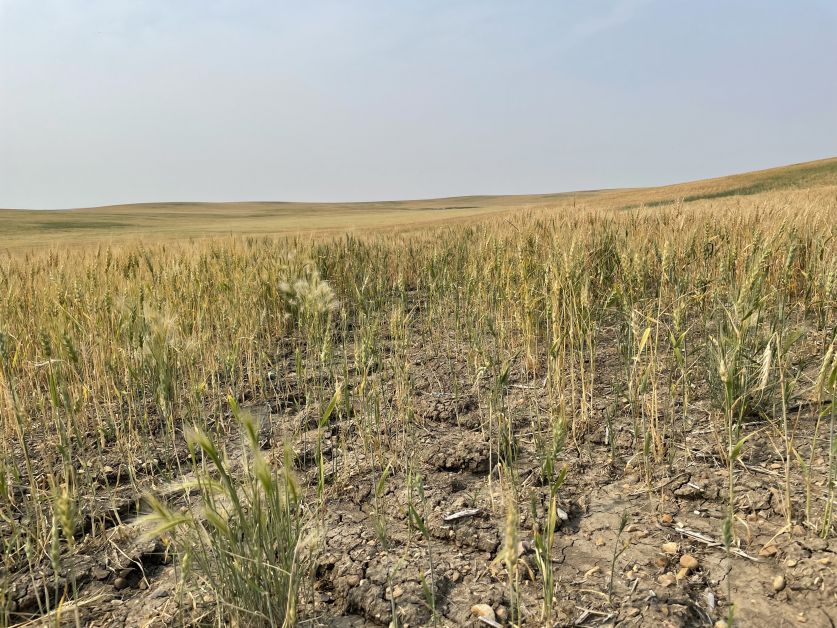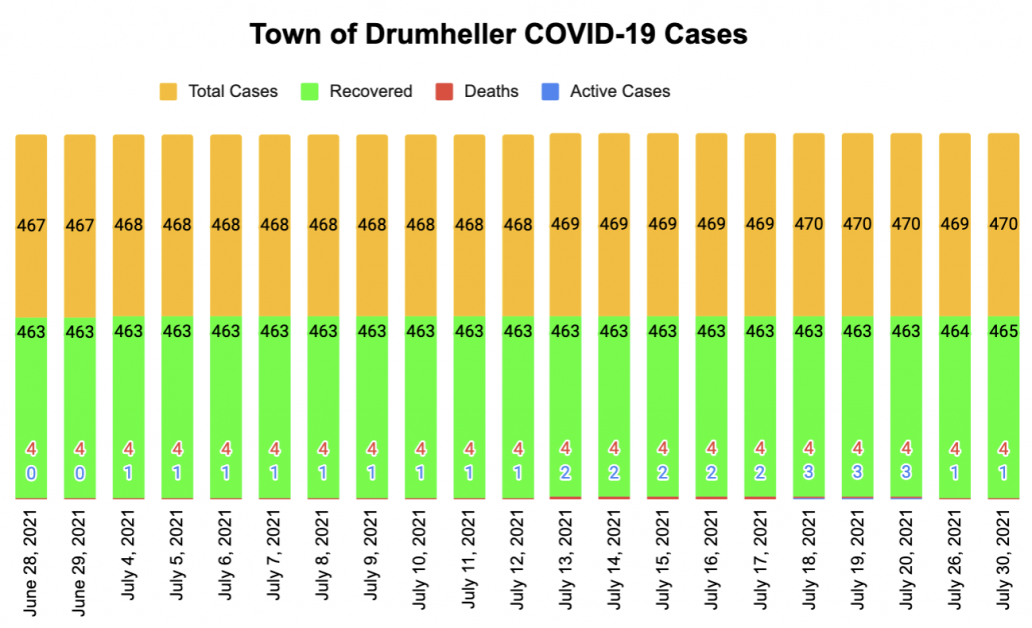
Prolonged lack of precipitation across the province has prompted some 18 municipalities to declare states of agriculture disaster, including Wheatland County and nearby Special Areas Board.
Combined with high temperatures, the prolonged lack of moisture has created drought conditions, stunted crop growth, and low yields.
While Wheatland County has declared a state of agriculture disaster, so far, none have been declared in either Kneehill County or Starland County.
Kneehill County manager of Parks and Agriculture Services Shelby Sherwick says the decision will be considered by council at the next regular council meeting on Tuesday, August 17.
Starland County Agriculture Fieldman Ryan Hallett also notes the decision whether to declare an agriculture disaster will be left up to council at the August council meeting.
“Canola and wheat are hanging on, but barley has been impacted and hay will have low yields,” Hallett tells the Mail. He notes soil moisture reserves in Starland County are down “quite a bit” when comparing year over year levels.
However, Hallett adds, “Some municipalities are seeing 1:50 and 1:100 year droughts. Some sloughs are dry which would normally be there.”

















